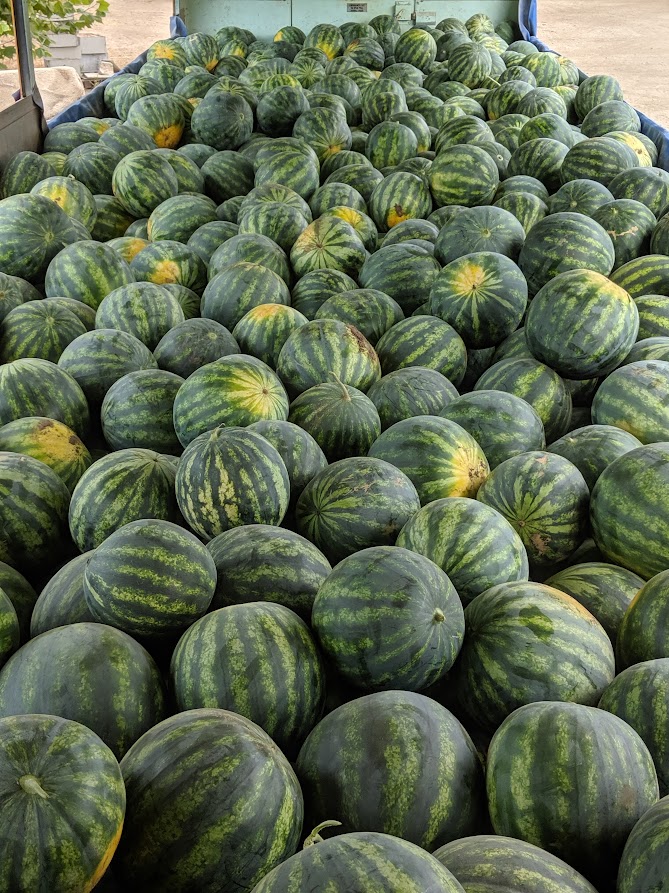
By Clint Thompson
First chlorothalonil. What’s next for watermelon growers? It was the message delivered by Nick Dufalt, a plant pathologist with the University of Florida Institute of Food and Agricultural Sciences, to producers and industry leaders at the Suwanee Valley Watermelon Institute meeting in Fanning Springs on Nov. 30.
Chlorothalonil’s usage could be reduced in the near future by the Environmental Protection Agency (EPA). Other fungicides are under review and could be impacted as well.
Expert Opinion
“The first one that we’re really hearing about is Mancozeb. It could be on that list next. They tend to be older chemistries, ones that have been around for a while. Think 70s, 80s and not the 90s quite yet. Tebuconazole, it’s also another one that could get up there,” Dufalt said. “These are generic fungicides, ones that are mixed in with a lot of our newer fungicides. We just want to pay attention to them. Mancozeb is another one just like Chlorothalonil; multi-site and has protection against a lot of pathogens. It’s used later in the season, because it doesn’t cause melon burn like Chlorothalonil can. It’s a really good product to have and helps with fungicide resistance.”
Dufalt said it is currently under review, and the EPA could alter the usage rate.
“The more they find in drinking water, the more we’re going to see a reduction in rate,” said Dufalt, who encourages producers to provide comments to the EPA. I think it’s very important, any time this happens with any product, and it’s not just going to happen with fungicides; insecticides and herbicides are probably going to be up there eventually, too. If they don’t want to give it themselves, feel free to reach out to us at Extension.
“(EPA) needs to hear how people use it. It won’t stop them from reducing it, but how much they reduce it could change.”










